A relatively small volcanic island washed by the Pacific Ocean does not attract much attention at first glance, but when its name is mentioned, it arouses the interest of many travelers. His story is not only closely connected with the most important creation of the English writer Daniel Defoe.
The island belongs to Chile as part of the archipelago of Juan Fernandez, who discovered it in 1574. At the same time, it does not stand out for its size, even a little smaller than, for example, the Lipnenskoe reservoir. It is home to less than a thousand locals, whose livelihood is provided mainly by hunting marine animals, and tourists who come here not only in search of the legend of the book.
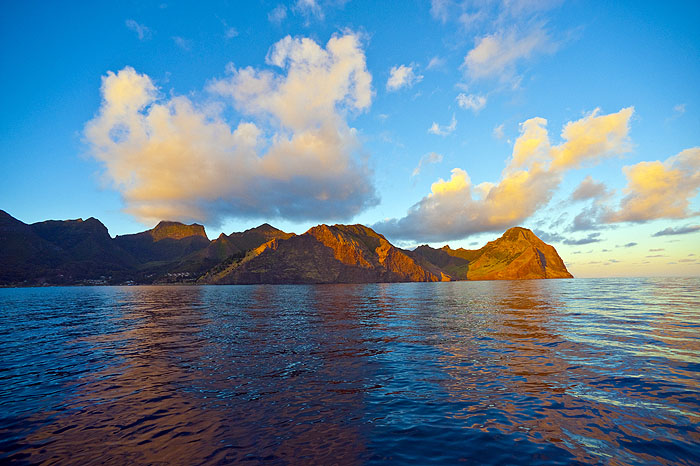
What story does the island tell?
When it was discovered in 1574, Juan Fernandez did not meet a single human soul, and the island was named Ms. a Tierra. 130 years later, Alexander Selkirk, a Scot, was thrown here from the deck of a ship after a quarrel with the captain. He inspired Daniel Defoe to write a story about Robinson. Selkirk stayed on the island for 4 years and 4 months before being rescued by a team of English pirates plying the seas in the service of the English crown. His life was somewhat different from Robinson’s. He existed in complete isolation, without having a faithful friend, Friday, but, on the other hand, he was not afraid of cannibals either. The island was uninhabited.
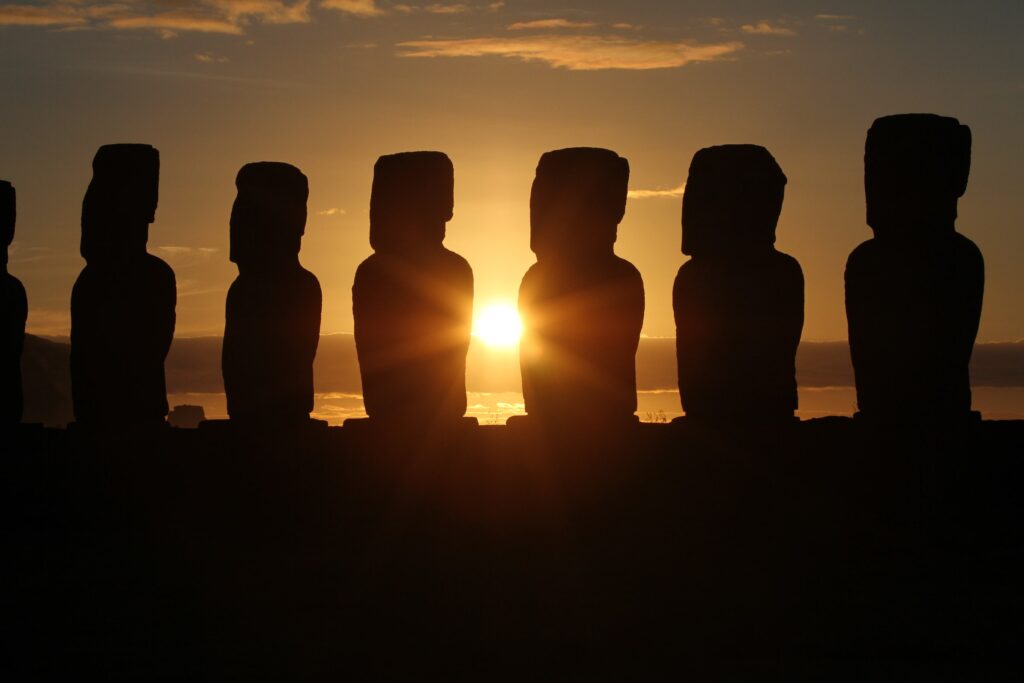
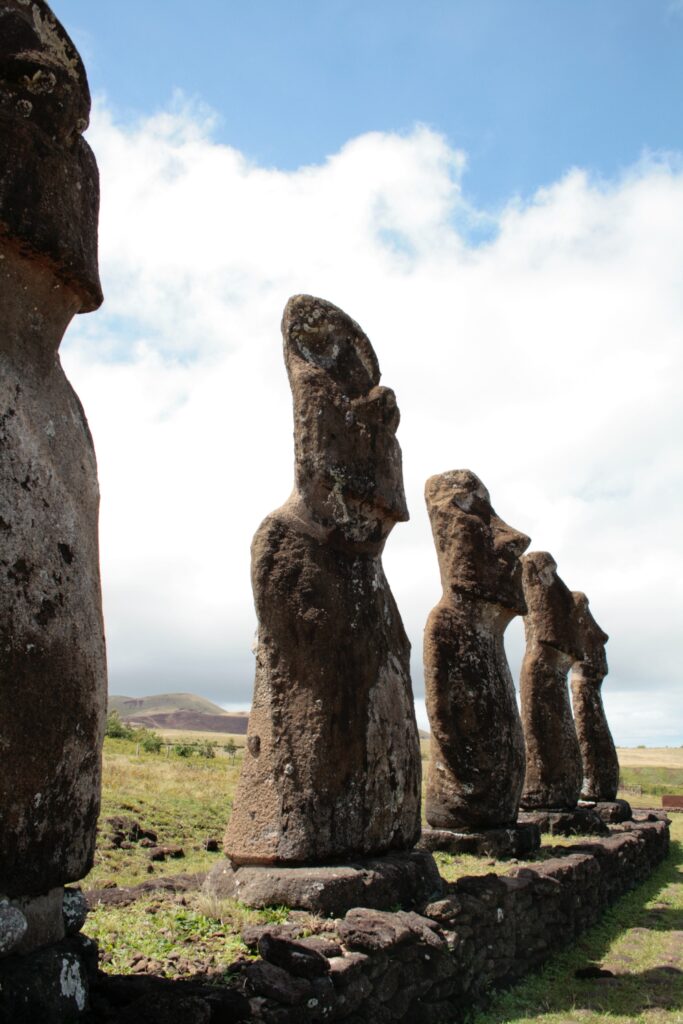
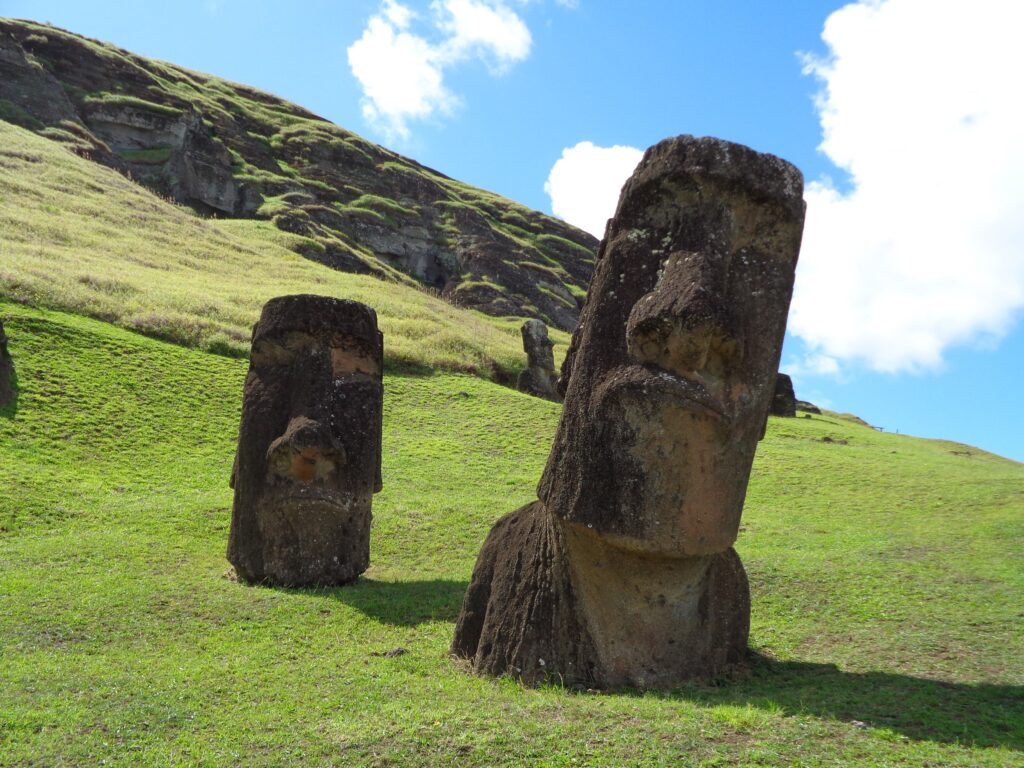
The conditions that this place provided him with its mild climate all year round were very acceptable for living. He found food, drinking water, and enough material for housing construction. In addition, entertainment also had to be invented independently.
After Selkirk returned to England aboard a pirate ship, he spent a lot of time in taverns, where, among other things, he told others about his adventures. This is probably how his story reached Daniel Defoe, who drew inspiration from it for his book published in 1719.
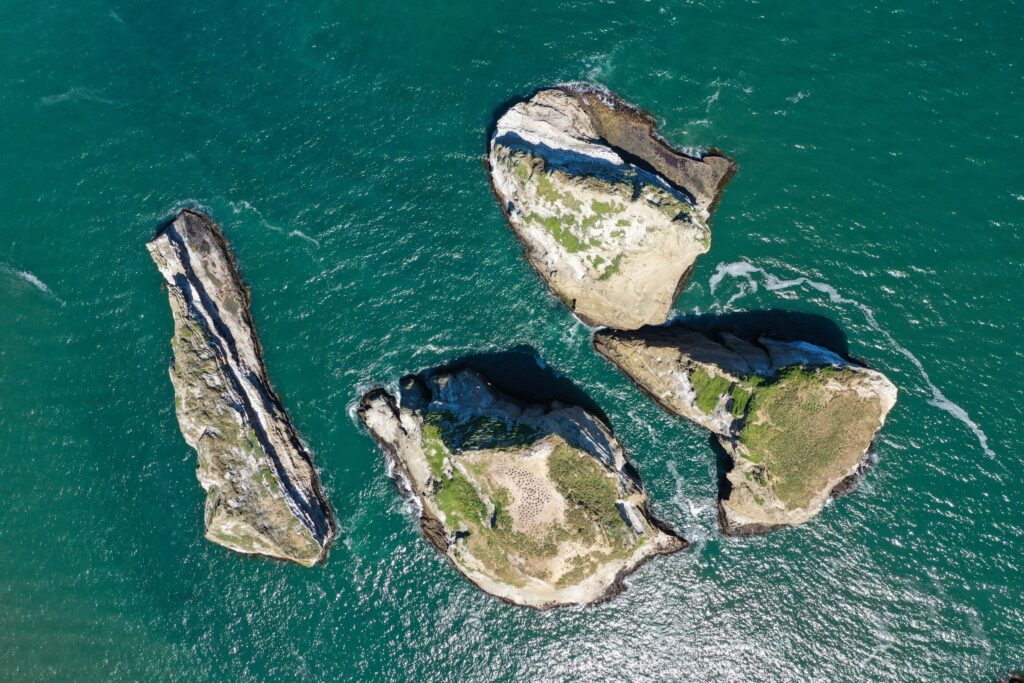
What happened to the island later?
After Alexander Selkirk left him, the island was orphaned again for a short time. Over the next 50 years, several different expeditions were conducted to its territory. The island was mapped and colonized by the Spaniards in the middle of the 18th century, who brought pets and crops with them to it.
The mainland of the island has been formed over the years under the influence of severe weather, rough seas, and changes in the settlement. The life of residents has always been closely connected with the sea, which was both a threat and the main source of livelihood.
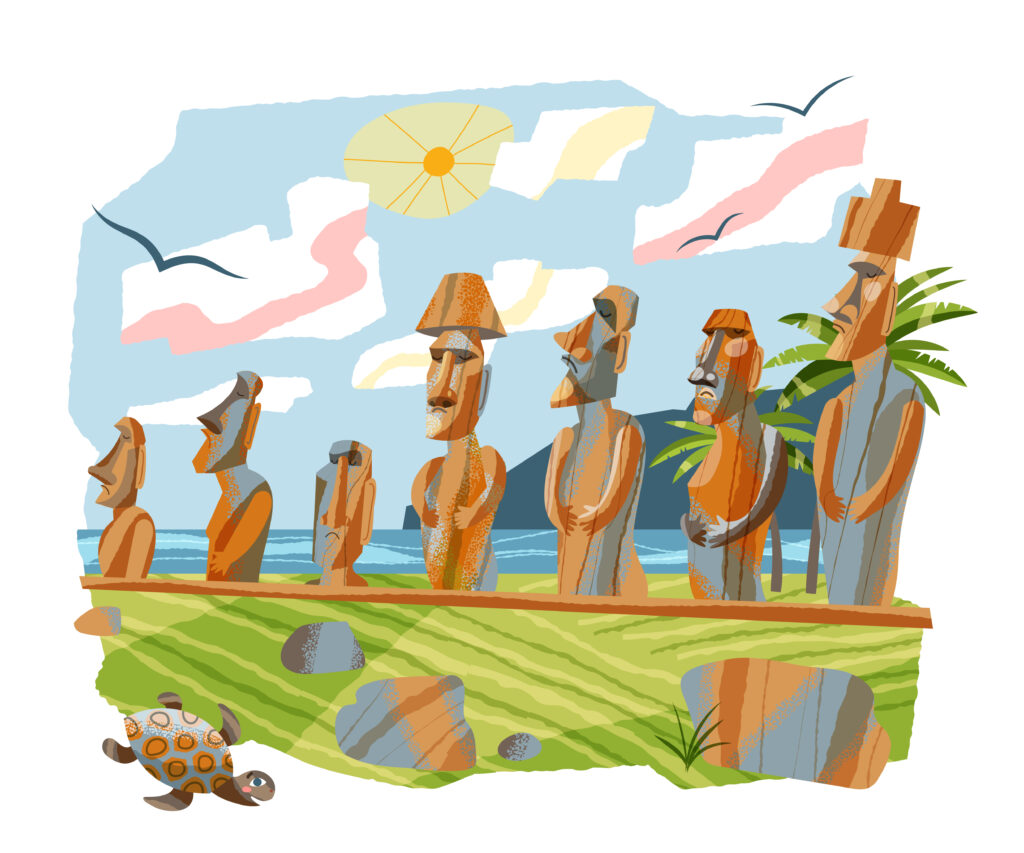
It was at this time that the story of Daniel Defoe acquired additional significance. Along with its popularity, interest in the island grew, and in 1966 it was officially named Robinson Crusoe Island. The new name was supposed to increase his popularity among travelers. Perhaps that is why tourism today is the second most important means of living for residents.
Not only history but also nature attracts visitors here
The increased interest in the island has its negative sides. Today there is a botanical park protected by the state. Its goal is clear – to protect the local nature from the influx of tourists for future generations.
Visitors are attracted here by Robinson and the unique flora and fauna. There are exceptional species of plants, insects, and animals found only in this area, the so-called endemics. For example, a rare bird related to the hummingbird was described on it as endemic, there are only a few individuals left, and each of them is of value. The males and females of the feathered individual are so different at first glance that researchers initially mistook them for two different species.

In addition, the South American penguin megalin lives on the territory. A non-flying bird that feeds on small marine crustaceans, mollusks, and tiny sea krill, drinks seawater and coughs up excess salt.
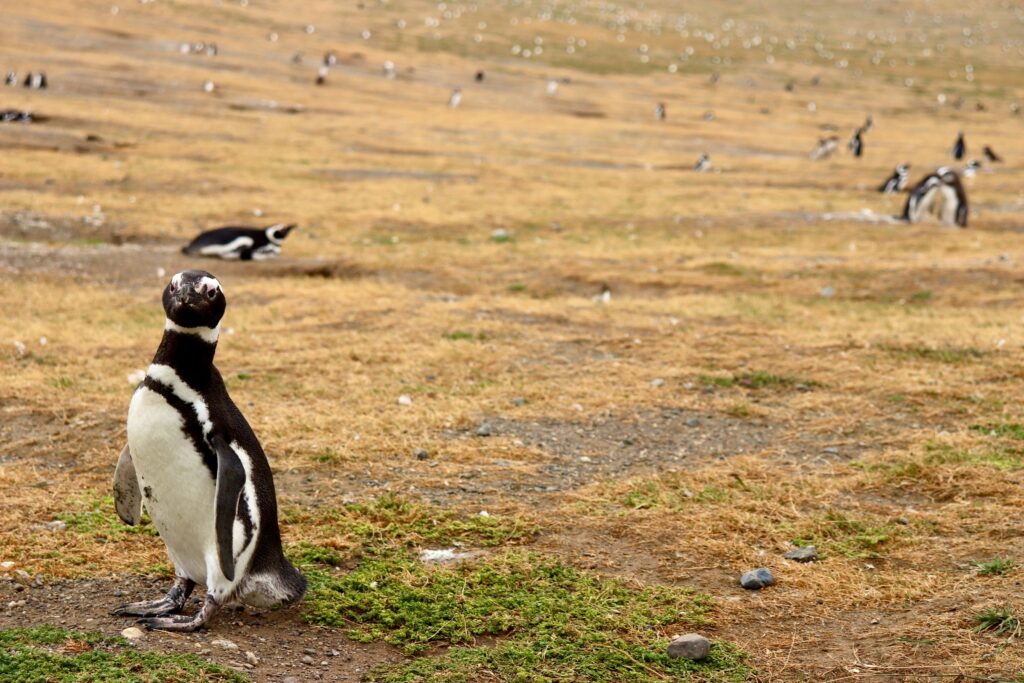
It will take quite a long time to meet all these unique feathered creatures on the way and study them. It’s easier with mammals. The only living endemic mammal in the archipelago lives in the sea. It’s called the long-tailed sea lion.
Of the endemic flora, it is worth mentioning the small-leaved shrub Lactoris Fernandeziana, but many other interesting trees and flowers grow on the squares with a biological component. Some of them bloom with an unforgettable view.
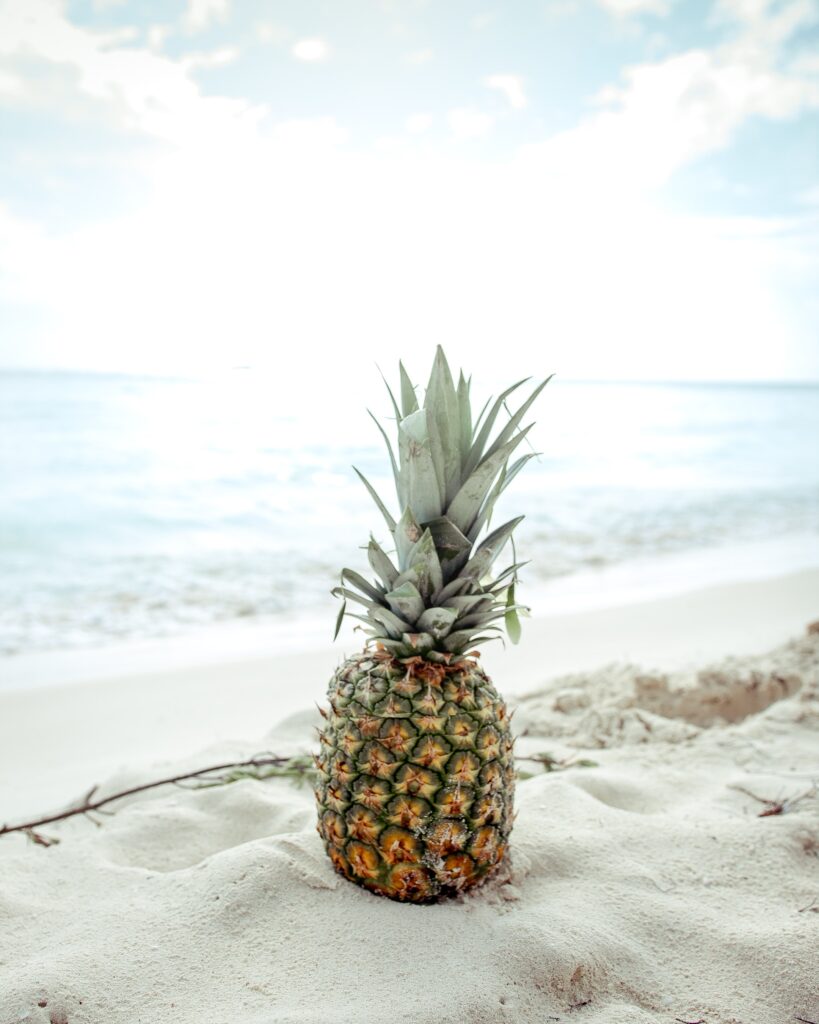
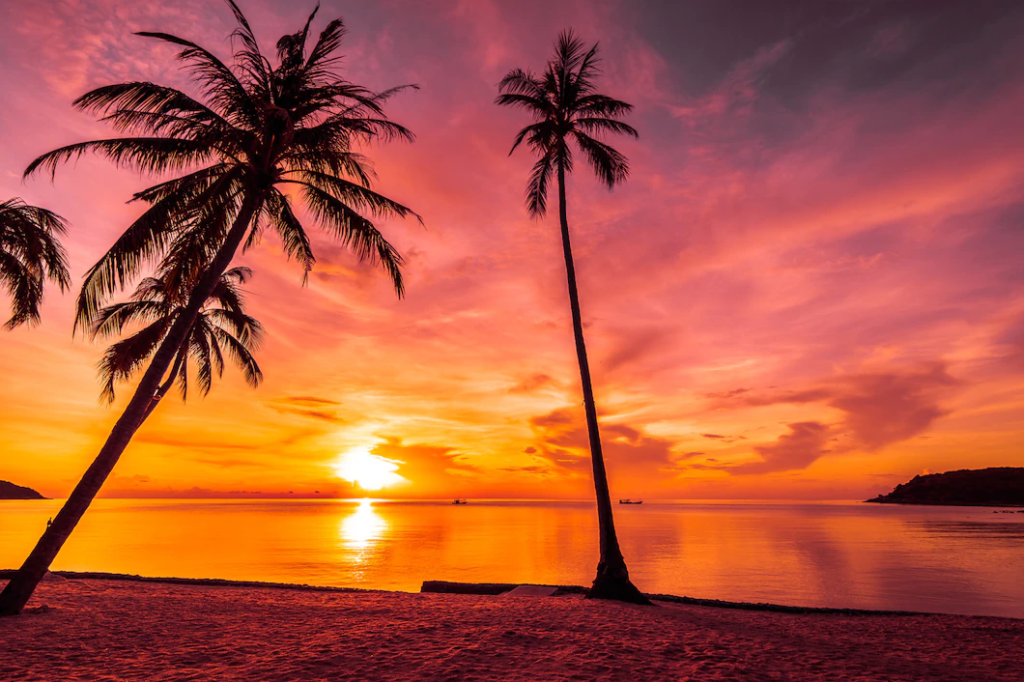

It is worth noting that there are a lot of fragrant exotic fruits on the island. One smell beckons to taste them. Locals consume the gifts of nature fresh, and also make different mixtures of fruit drinks.
And how many unique photos can be taken! Every corner of the island is an indescribable beauty worthy of pictures and landscapes.
Tourists and scientists still have a lot to discover. To visit this island is like visiting a new world.










